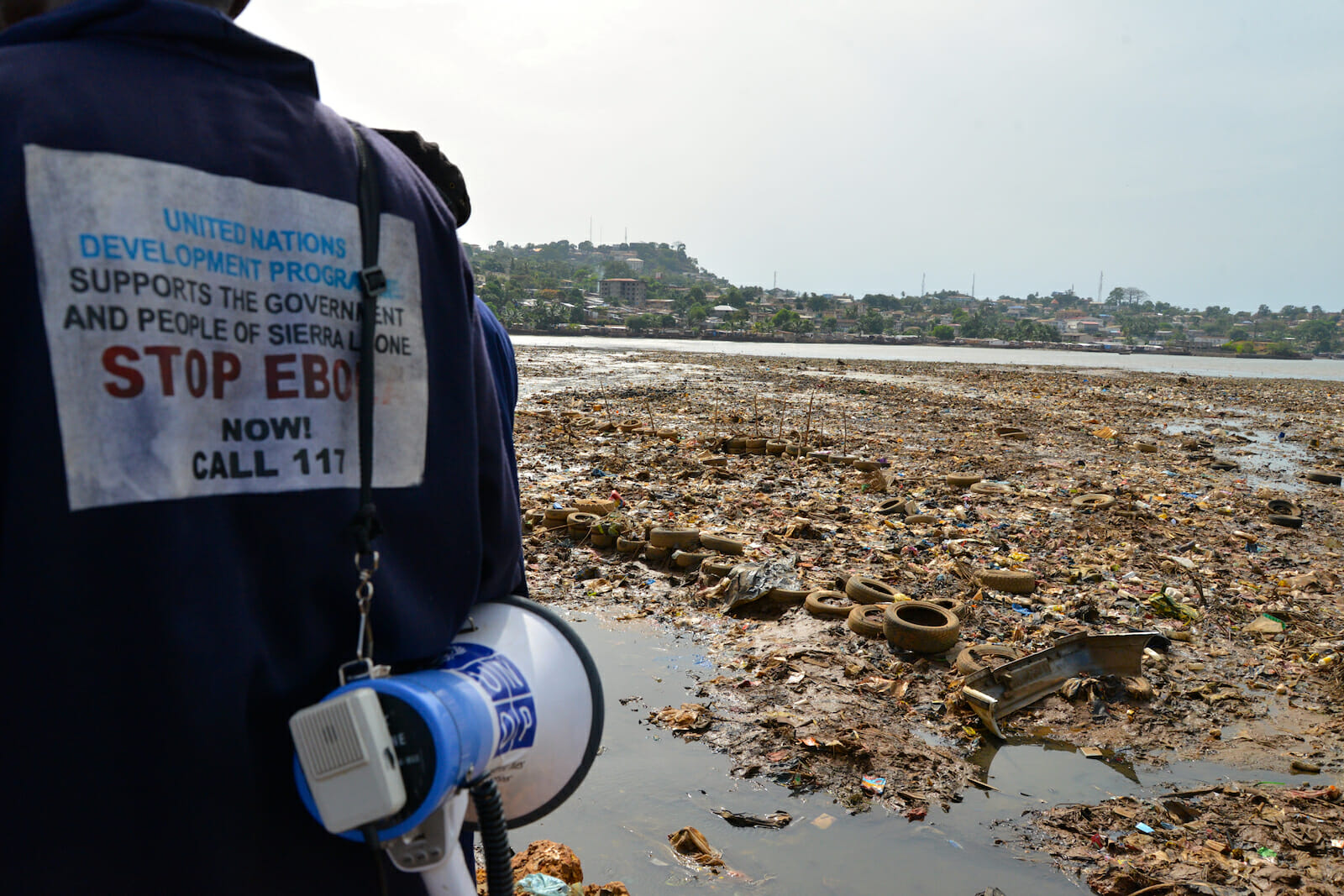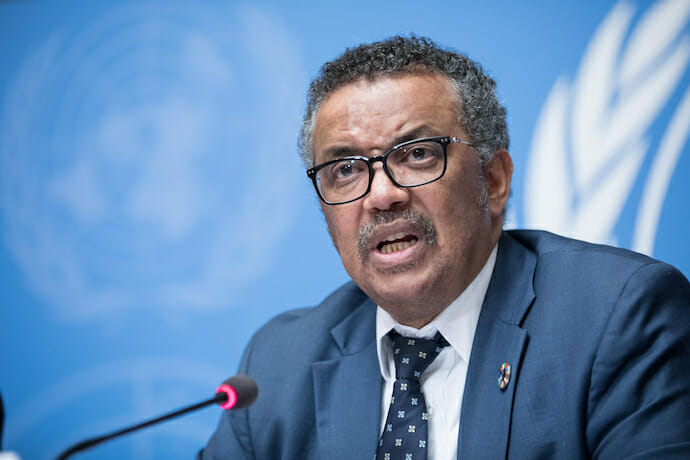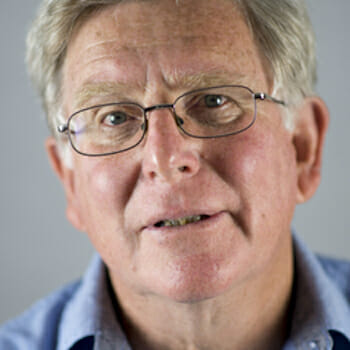
Health
Congo Ebola Outbreak Could Have Gone Either Way
In a welcome announcement on Tuesday, this week the worrying Ebola outbreak in the Democratic Republic of Congo (DRC) was officially declared over by the country’s Health Minister, after 42 days with no new cases of the disease identified.
This was very good news as the three-month-long outbreak could very easily have exploded into a lengthy, full-blown epidemic in both Congo, and perhaps a number of neighbouring states.
Two opposing sets of factors were in play in Congo. One, a range of ‘negatives’ that could have very easily led to a major, deadly epidemic, the other a number of ‘positives’ that offered some optimism that the calamitous West African Ebola experience of 2013-16 might be avoided.
The potential for an alarming spread of the outbreak was quickly realised by the World Health Organization (WHO). In May, in the early weeks of the outbreak, the Organization in various pronouncements warned that the risk to public health in the DRC was very high and the risk of international spread to neighbouring countries also high. On the virus reaching the densely populated port city of Mbandaka it was warned that the disease could now spread exponentially.
That these developments never came to pass was a fortunate break as many of the conditions favouring a calamitous epidemic in a country with one of the world’s most fragile health systems were only too easy to see.
Logistically the outbreak posed very difficult challenges. Tracking down people suspected of contact with infected persons, particularly those in remote rural areas, was a daunting task. Poor roads through often densely forested terrain made access to such communities especially difficult. The movement of people in turn compounded the difficulty of contact tracking. The need to monitor vaccinated contacts for three weeks was a further challenge.

Weak technological infrastructure was a further issue. Cell phone and internet coverage limitations for example, made communications and coordination between health workers difficult. Added to this was the lack of electricity in some affected areas, posing difficulties for establishing the ‘cold chain’ capacity (i.e. between -60 and -80o C) necessary for safely transporting and storing vaccine supplies.
The threat of the outbreak spreading down the Congo River from Mbandaka to the capital city Kinshasa was a significant risk with the high volume of barge traffic plying the river. Once within the megacity of 11-12 million residents just one case of the disease could have set off a deadly epidemic with contact rates multiplying exponentially and the ability to identify and track such persons more difficult than in small rural communities.
On gaining a foothold in Kinshasa, bringing the disease under control would have taxed the global health community’s abilities.
As in the 2013-16 West African epidemic, suspicion (and avoidance) of health workers also had to be confronted and overcome. Likewise, dangerous cultural beliefs and funeral practices raising the risk of infectious spread.
Fortunately, despite all these factors favouring the outbreak exploding into a major epidemic those worst fears never eventuated.
In this regard, lessons learnt from the West African epidemic were pivotal.
In that earlier outbreak the WHO was slow to act and initially ineffective. This time, in Congo, the need to act fast was appreciated and WHO and other global health players (e.g. MSF, Red Cross) were quickly on the ground in DRC. A symbolically significant signal of commitment in this regard were personal visits by the new Director-General of the WHO, Tedros Adhanom, to DRC and the Central African Republic
Funding necessary for curbing the outbreak also started to flow more promptly this time, from the World Bank (through its new Pandemic Emergency Financing Facility), the United States, Germany, and several other donors.
Two important medical technology developments were also crucial, an effective experimental vaccine (rVSV-ZEBOV) and the genetic testing of cases with GeneXpert, a machine widely used in Africa for diagnosing tuberculosis. This made diagnosis of Ebola far faster and isolation of infected persons more rapid, significantly reducing the risk of infectious spread.
While this outbreak (the ninth in DRC) has now been declared over the chastening reality is that another (possibly far worse) Ebola outbreak in DRC or neighbouring states is inevitable sometime in the next few years as the virus is endemic in the region. The fragile health systems and low levels of human development of these states will, in turn, add to vulnerability.
On the positive side however, major improvements in the ability to handle future outbreaks have clearly been made and offer hope to the region’s populations.
There are also lessons for handling other epidemics elsewhere in the world.

